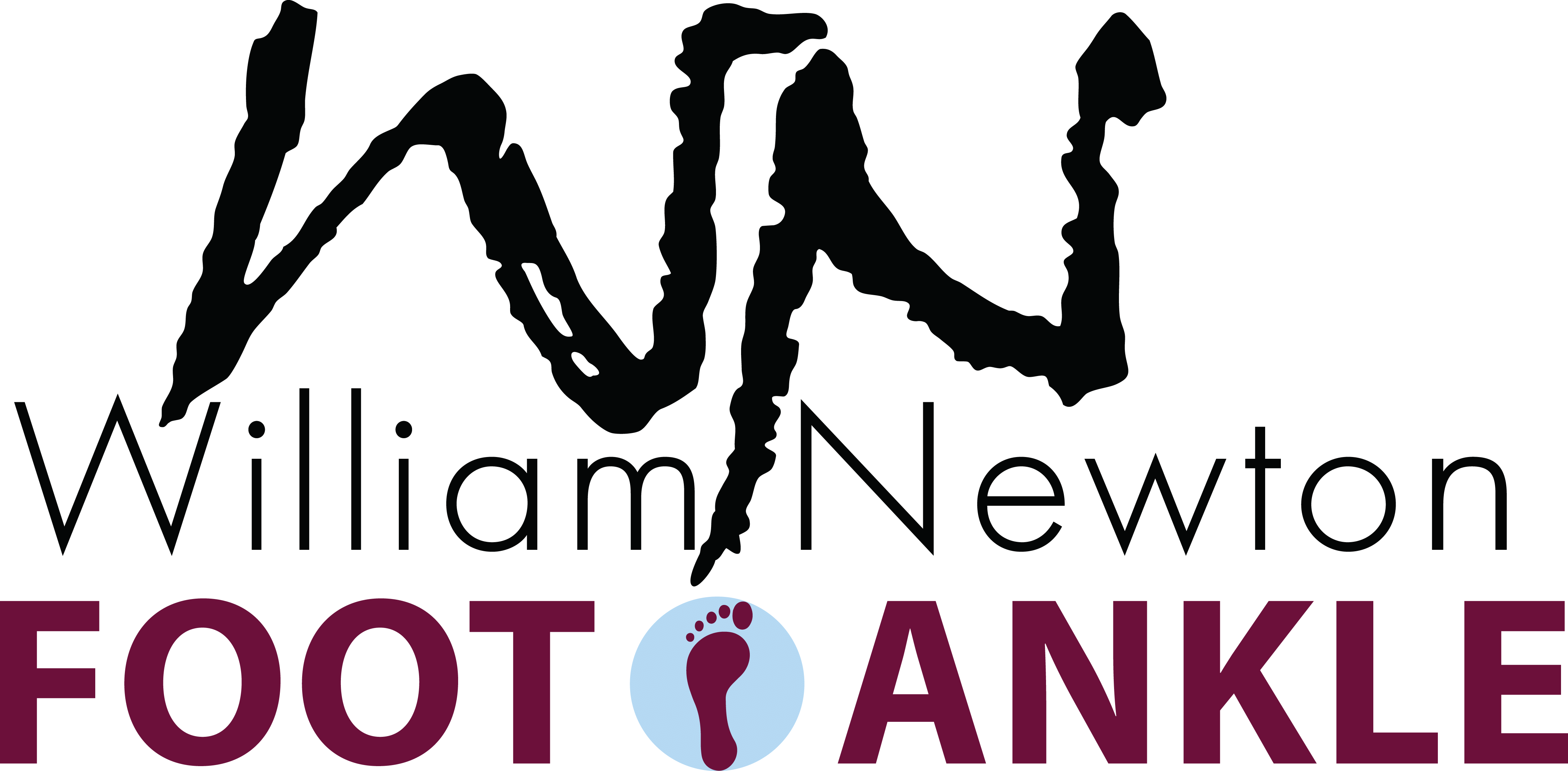Hammertoes
Hammertoes are one of the most common podiatric foot problems. A hammertoe is a curling of toe the joints, sometimes affecting one or both joints of the toe. This curling of the toes often leads to rubbing on footwear. This abnormal rubbing leads to painful and unsightly toes. Calluses and corns soon follow.
Despite popular belief, curling of your toes is not due to poor choices of footwear. Rather, biomechanical factors are usually to blame. Biomechanics is the term podiatrist use to describe how the foot and ankle move when you walk or stand. When we refer to someone as "flat-footed" we are describing is how biomechanics has affected their foot. Specifically, if the foot rolls in too much when you walk, we call that pronation, So a person who pronates has altered or abnormal biomechanics. When a person has normal biomechanics, there is an ordered motion to the muscles and joints of the feet and ankles. Altered or abnormal biomechanics will lead to an abnormal motion of the joints and muscles. Biomechanics then is used as a predictive model - telling us what happens to the foot in the presence of abnormal motions such as pronation.
There are three distinct possible causes of hammertoes. Each is based on an abnormality in the biomechanics of the foot and ankle during the walking cycle.

Flexor Stabilization:
The flexor tendons are located on the bottom of the toe. These tendons should exert the same amount of force as their opposing tendons, the extensor tendons, which are located on the top of the toe. When the force generated by the contracture of the exterior is equal to that of the flexors, the toe stays stabilized during the walking cycle.
Force of Extensors = Force of Flexors = Toe stays straight
In a person who is pronated or flat-footed, the flexor tendons pull harder than the extensors, making the toe unstable during the walking cycle. Given enough time, this instability leads to a gradual curling of the toe. A hammertoe is born.
Force of Flexors Force of Extensors = Unstable curled toe
Extensor Substitution:
This condition is essentially the opposite of flexor stabilization. In this case, the extensor tendons overpower the flexor tendons during the swing phase of the walking cycle(the foot swinging forward and off the ground). This leads to contracture of the toes. This phenomenon is commonly seen with people who have a very high arch.
Force of Extensors Force of Flexors = Curled toe
Flexor Stabilization: A weak calf muscle causes the flexor tendons of the foot to compensate, or carry more of the load. The flexor tendons overpower the extensors of the toe causing an unstable toe leading to curling. Treatments we have seen, most causes of hammertoes are a result of podiatric biomechanical problems of the foot. And while no conservative treatment can straighten the toes once curled, treatments aimed at correcting the underlying biomechanical abnormality can sometimes keep the toes from getting worse. The most effective biomechanical therapy are custom, podiatrist prescribed orthotics. This "arch supports" help to reestablish the normal force generated at the toe by the flexor and extensor tendons.
Orthotics + Force of Flexors = Orthotics + Force of Extensors
Other non-surgical treatments include: Wearing shoes with larger toe box, preventing rubbing of the toes on the shoes. Wearing non-medicated padding over the bony prominence. Sanding the calluses on a regular basis.
Surgical treatment consists of stabilizing the toe during the walking cycle. This is done some ways, depending on the stiffness of the toe, the presence of other deformities and overall health of the patient.
Recent advances in implant technology have led to the development of hammertoe specific devices to help maintain a straight toe following surgery.
Certainly, traditional podiatric methods of stabilizing the following surgery are not without their problem. Typically, small smooth stainless steel wires are known as "k-wires" are used to hold the toe straight during the first few weeks following surgery, after which time they are removed. However, they too suffer from possible complications including infection, loosening, and poor positioning.
If you are a patient suffering from hammertoes, please let us help you get back on your feet by calling the William Newton Foot & Ankle Foot & Ankle.
